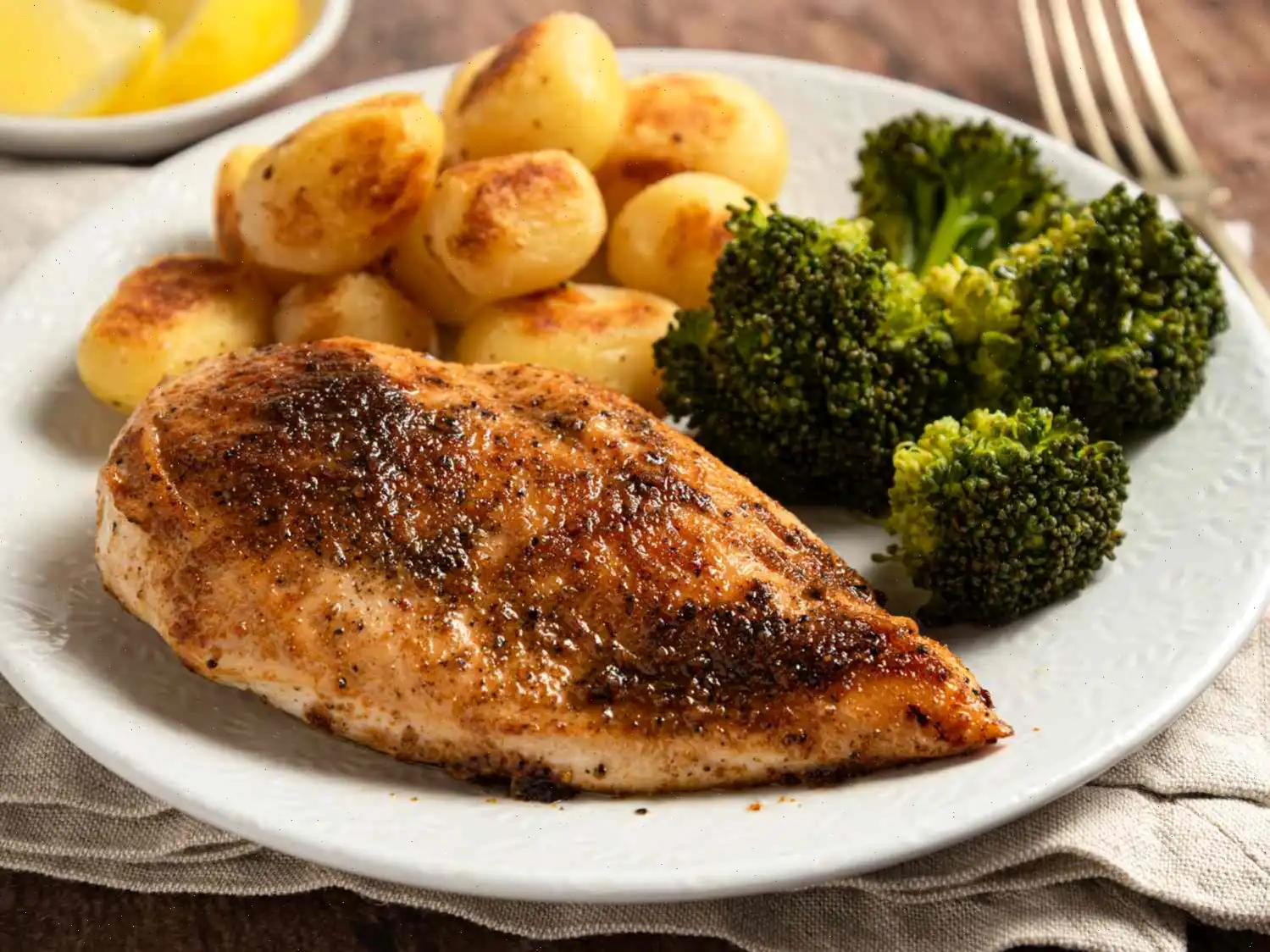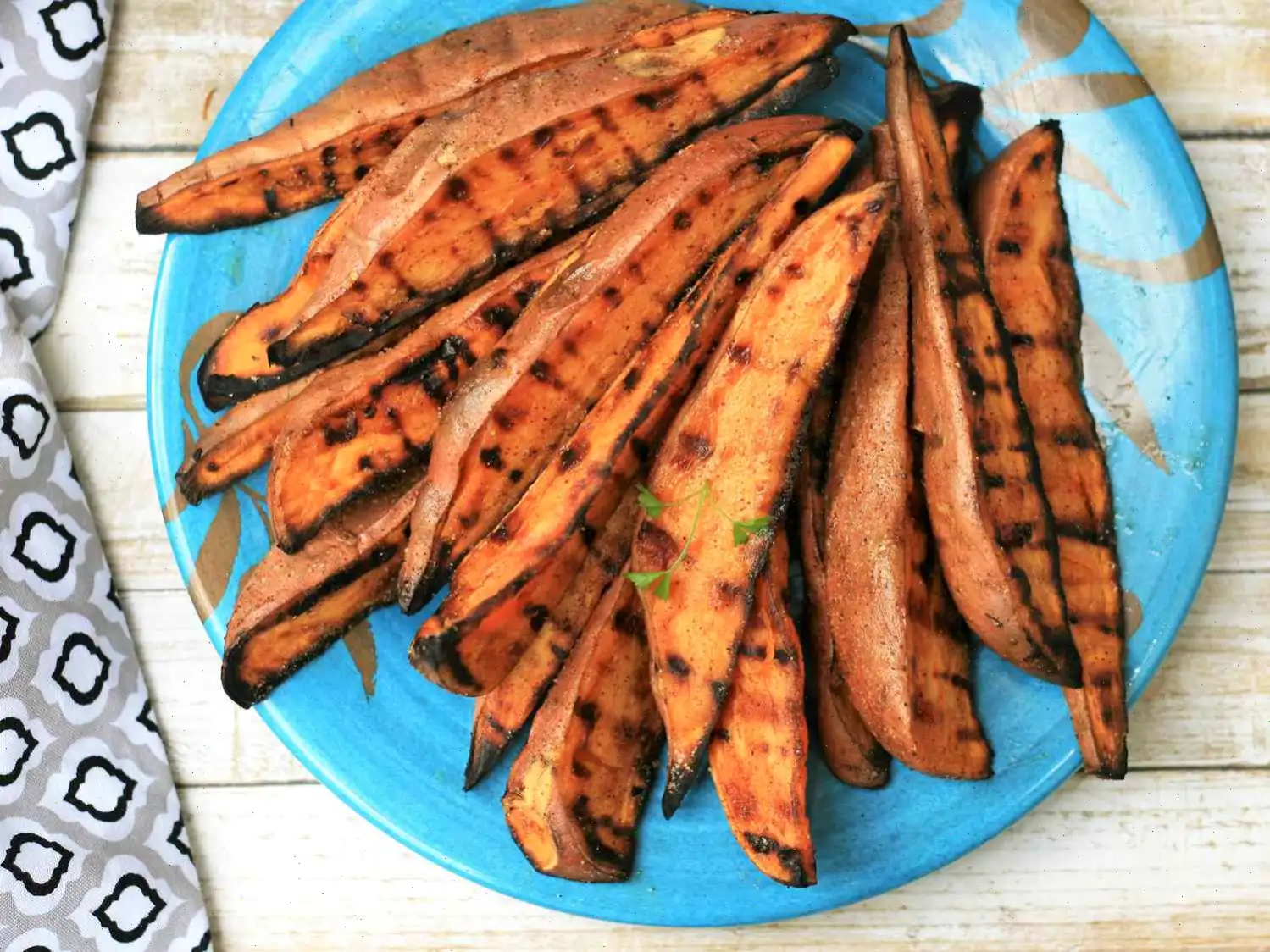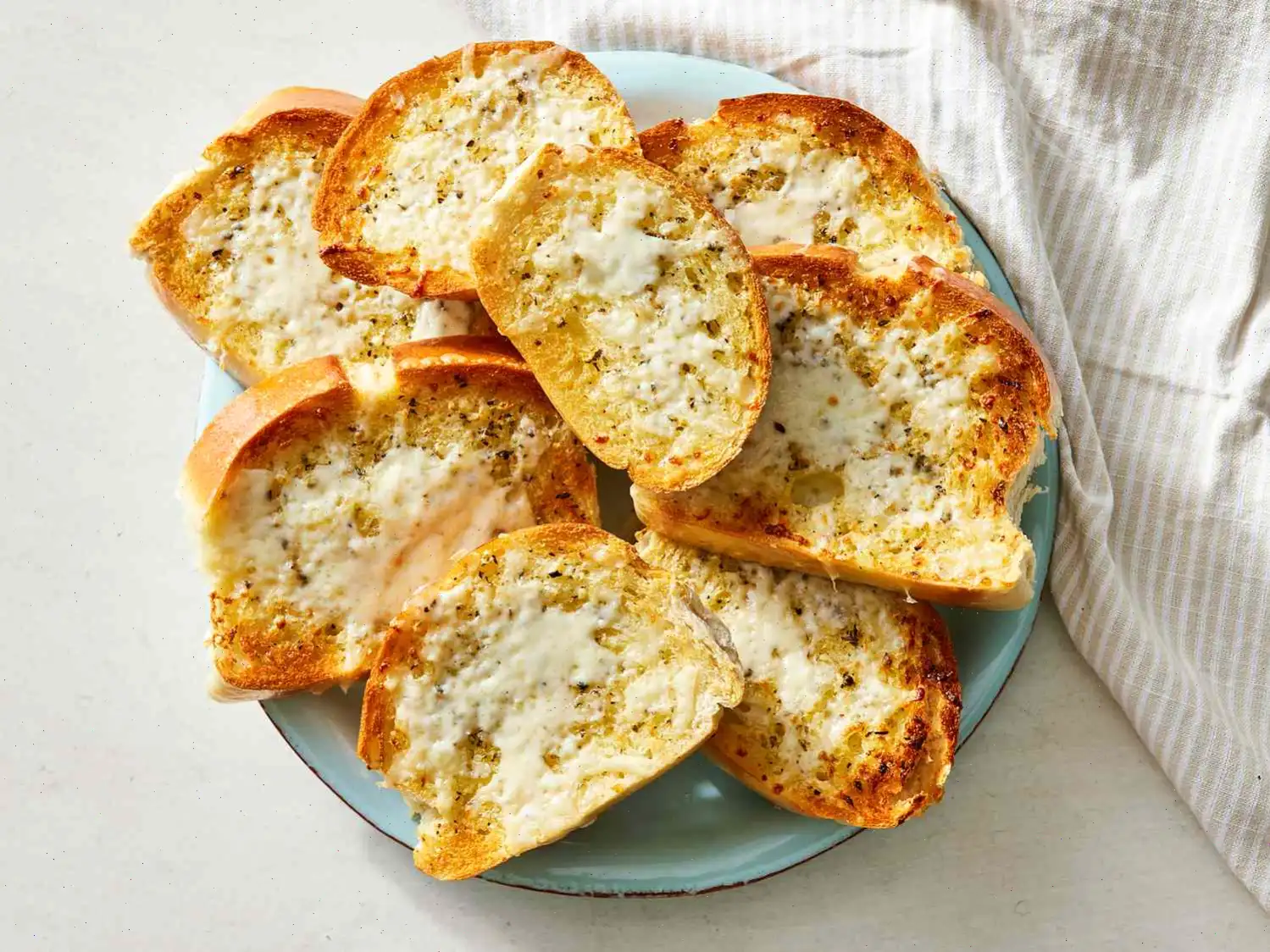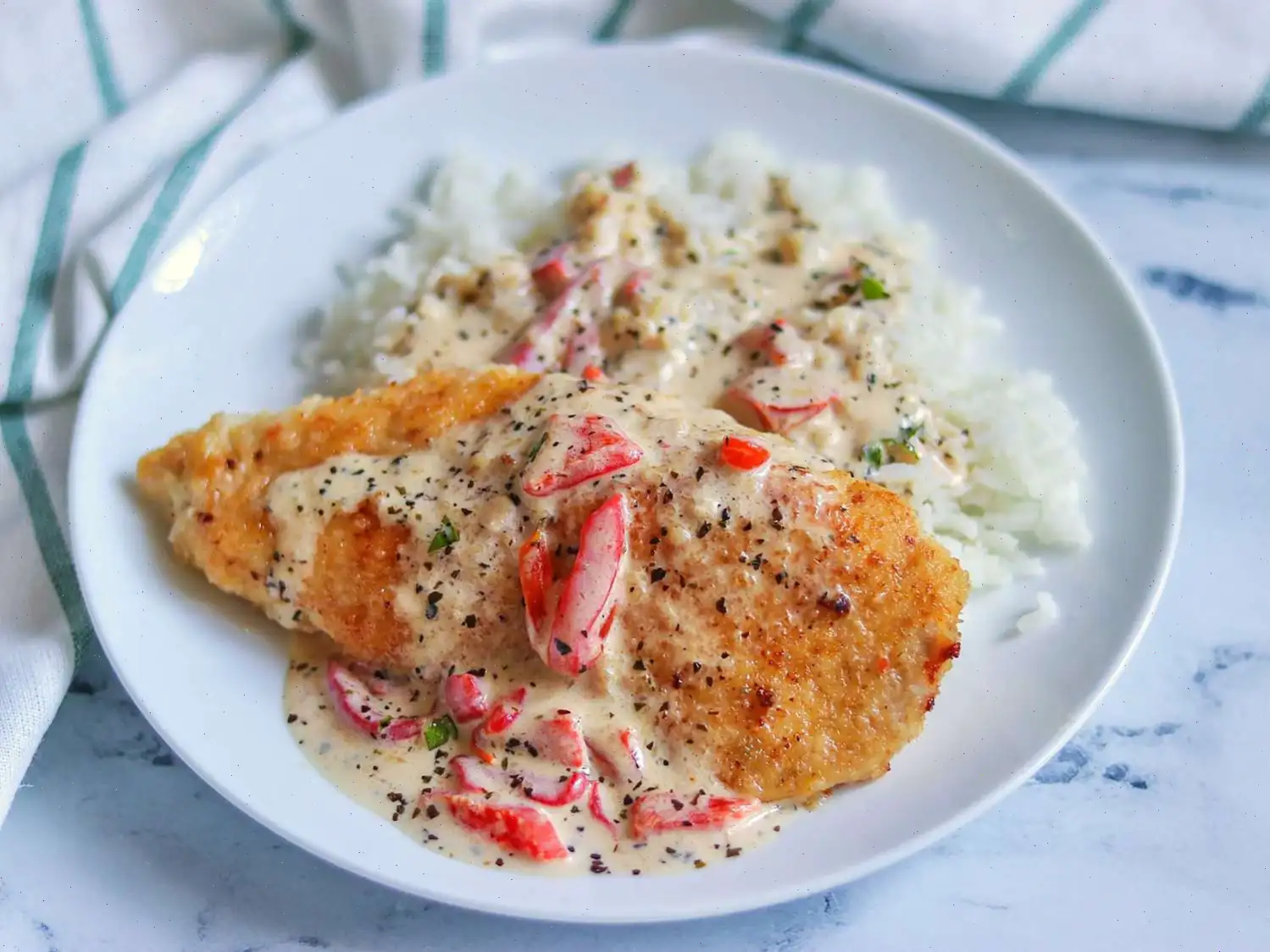
This Whole Roasted Chicken Recipe is The G.O.A.T.
Ingredients:
- 1 whole chicken (about 3 pounds), giblets removed
- Salt and freshly ground black pepper, to taste
- 1/2 cup butter (or more, as needed)
- 10 sprigs thyme
- 1/2 lemon
- 1 tablespoon extra virgin olive oil
Directions:
- Preheat your oven to 425F (220C).
- Pat the chicken dry with paper towels, ensuring it is free of any excess moisture.
- Season the chicken generously with salt and freshly ground black pepper, both on the outside and inside the cavity.
- Stuff the cavity with 1/4 cup of butter (half a stick) and the thyme sprigs. Squeeze the juice from the half lemon into the cavity, and then drop the lemon half inside the chicken.
- Rub the remaining 1/4 cup of butter underneath the skin of the chicken, ensuring it is evenly distributed.
- Drizzle the olive oil or melted butter over the skin of the chicken and rub it in to coat the surface well.
- Place the chicken on a wire rack inside a roasting pan to allow for even heat circulation while baking.
- Roast the chicken in the preheated oven, uncovered, for about 45 minutes or until an instant-read thermometer inserted into the thickest part of the chicken registers at least 160F (70C).
- Remove the chicken from the oven and baste with the juices from the roasting pan.
- Let the chicken rest for about 30 minutes before serving to allow the juices to redistribute and ensure tenderness.
Nutrition Facts (per serving):
- Calories: 467
- Total Fat: 33g (43% Daily Value)
- Saturated Fat: 14g (72% Daily Value)
- Cholesterol: 142mg (47% Daily Value)
- Sodium: 265mg (12% Daily Value)
- Total Carbohydrates: 13g (5% Daily Value)
- Dietary Fiber: 4g (13% Daily Value)
- Total Sugars: 4g
- Protein: 32g (64% Daily Value)
- Vitamin C: 68mg (75% Daily Value)
- Calcium: 58mg (4% Daily Value)
- Iron: 2mg (14% Daily Value)
- Potassium: 449mg (10% Daily Value)
Percent Daily Values are based on a 2,000-calorie diet. Your daily values may vary depending on your calorie needs.
The Story Behind the Whole Roasted Chicken
The art of roasting a whole chicken dates back centuries, with roots in both European and American culinary traditions. Originally, roasting was a method used to cook poultry evenly over open fires, allowing families to create a hearty meal from a single bird. By the 19th century, roasting in enclosed ovens became popular in American households, making whole roasted chicken a symbol of home-cooked comfort food. Its simplicity and ability to feed multiple people at once cemented its status as a staple of family dinners and festive gatherings.
Regional Variations and Specialties
While the basic concept of a whole roasted chicken remains consistent, regional adaptations bring unique flavors. In the American South, the bird may be seasoned with paprika, cayenne, and garlic, sometimes accompanied by a butter-herb baste. In France, poulet rti often features thyme, rosemary, and a squeeze of lemon, much like Chef Roscoe Halls version. In Mediterranean countries, olive oil, lemon, and aromatic herbs dominate, giving the chicken a lighter, fragrant profile. Each region imparts its own cultural identity through seasoning, cooking method, and presentation.
How It Differs From Similar Dishes
Whole roasted chicken stands apart from fried or rotisserie chicken in both flavor and technique. Unlike fried chicken, which focuses on a crispy exterior through deep frying, roasted chicken emphasizes tender meat with a golden, herb-infused skin. Rotisserie chicken, though also roasted, rotates constantly, allowing fat to baste the meat automatically. Chef Halls recipe enhances the traditional method by combining butter under the skin and inside the cavity with fresh thyme and lemon, ensuring a juicy, flavorful result that surpasses many standard preparations.
Where Its Typically Served
This versatile dish is most often served at home for dinner with family, but it also appears in casual restaurants and bistros specializing in comfort food. Whole roasted chicken can be a centerpiece for holiday meals, Sunday roasts, or informal gatherings. Its universal appeal lies in its ability to pair with countless sidesfrom roasted vegetables and mashed potatoes to fresh salads and grainsmaking it a favorite across dining contexts.
Interesting Facts
- The phrase Sunday roast in many English-speaking countries originally referred to a whole roasted chicken or beef served on Sundays as a family tradition.
- Cooking the chicken with butter under the skin, as in this recipe, is a modern technique designed to maximize moisture and flavor, mimicking professional chef methods.
- Lemon and herbs are not only for flavor; the acidity from the lemon helps tenderize the meat while releasing aromatic oils from the herbs.
- Roasting a whole bird allows for economical use of all parts, including bones for stock and leftover meat for sandwiches or soups.
- Whole roasted chicken is considered a culinary canvas, allowing home cooks to experiment with international spice blends, brines, and glazes.








